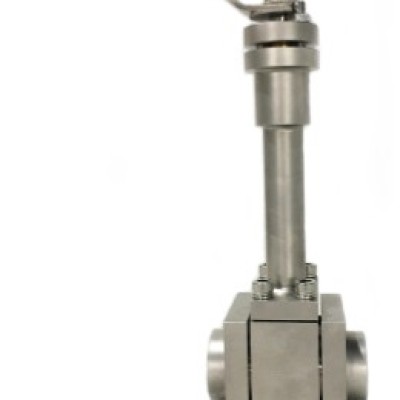While infrared spectroscopy detects vibrational changes that alter a molecule’s dipole moment, Molecular spectroscopy detects vibrational changes that cause a change in polarizability. It involves shining a monochromatic light, usually from a laser in the visible, near infrared, or near ultraviolet range, onto a sample and analyzing the scattered light. The majority of scattered light is shifted in wavelength by an amount equal to the energy of the excitation wavelength. However, a very small fraction is shifted to higher or lower energies.
Like
Comment
Share





